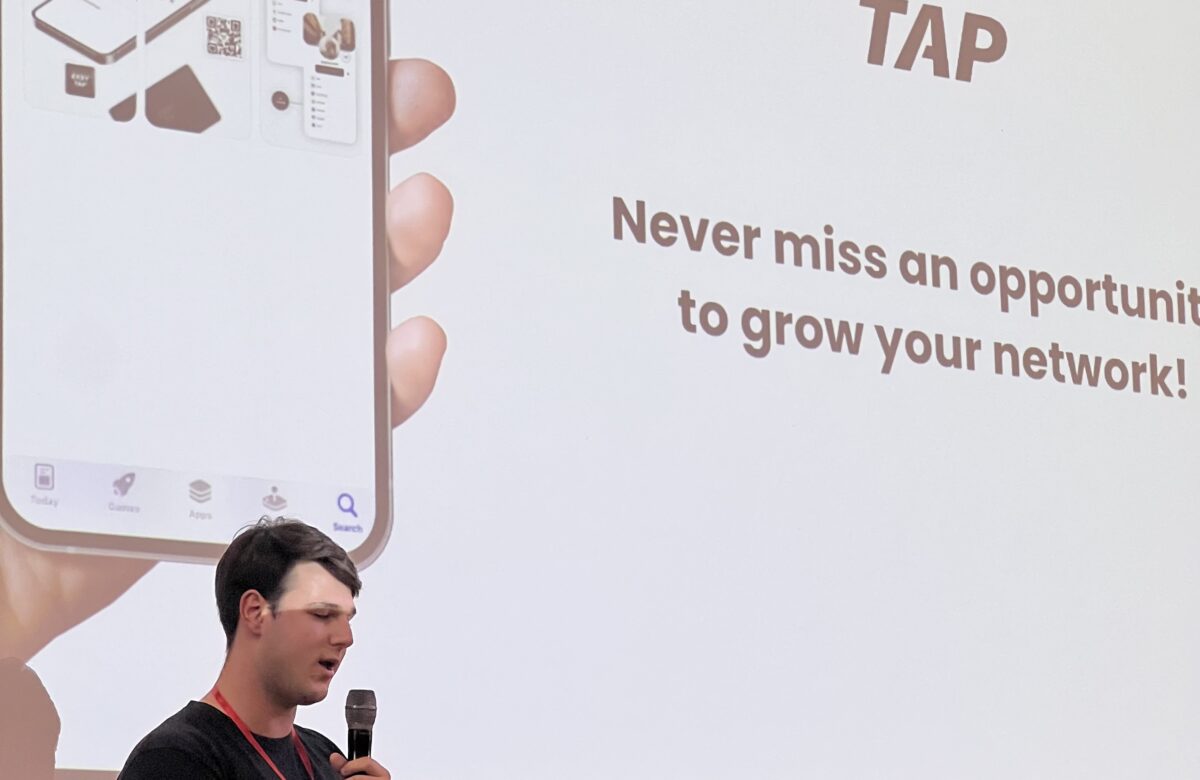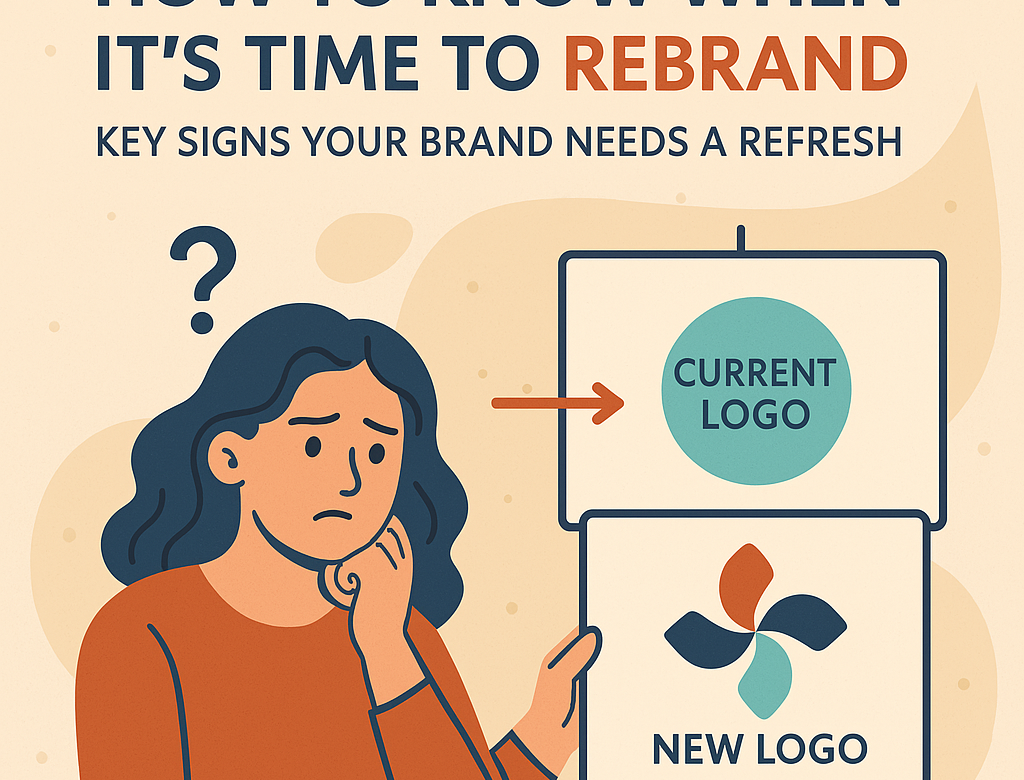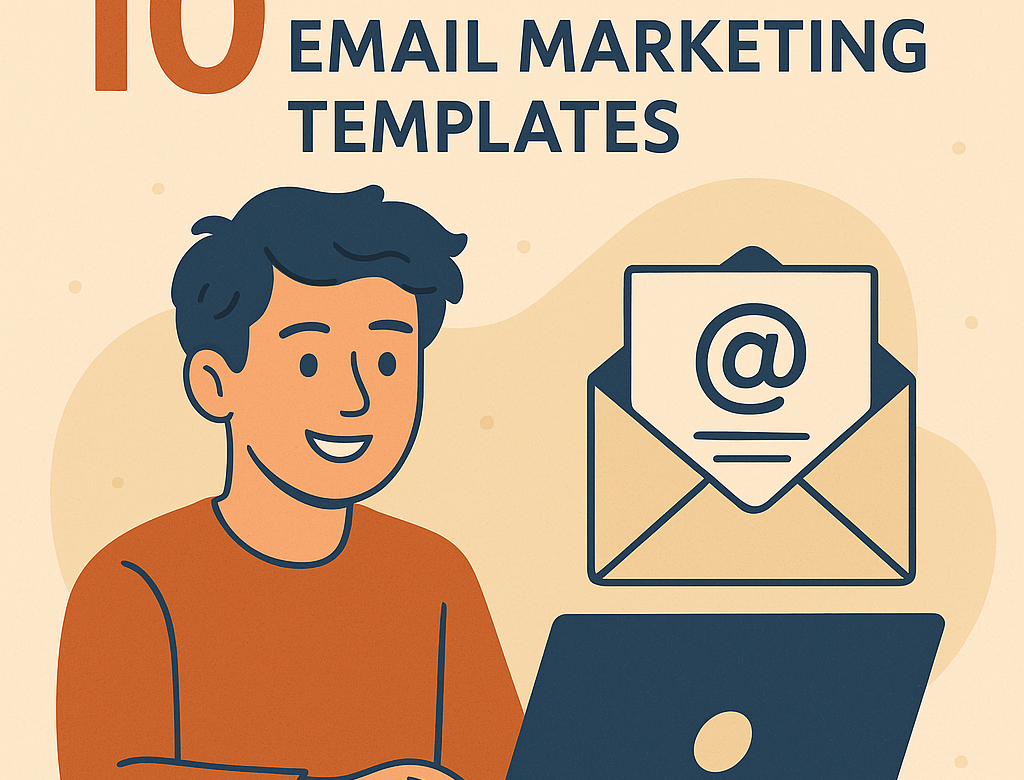Outsourcing web design offers advantages such as access to specialized skills, cost savings, and improved product quality. This guide explores how to select and collaborate with an external design team to ensure project success.
1. Understanding the Benefits of Outsourcing Web Design
Access to Specialized Expertise
Working with an external design team allows you to leverage professionals with specific skills and extensive experience in web design. These experts can provide innovative and cutting-edge solutions that may not be available in-house.
Cost Savings
Outsourcing can be more cost-effective than hiring an in-house team. You can avoid expenses related to salaries, benefits, training, and infrastructure while only paying for the services you need.
Flexibility and Scalability
An external design team can adapt to your needs, allowing you to scale the project without the complexities of hiring or layoffs.
Focus on Core Business Functions
By delegating web design to an external team, your internal resources can focus on your business’s core activities, improving overall efficiency.
2. Selecting the Right Web Design Team
Define Project Requirements
Before searching for a design team, clearly define the project’s objectives, desired functionalities, budget, and timeline.
Practical Steps:
- Create a project brief: Outline your website’s goals, target audience, required features, and deadlines.
- Set a budget: Establish a realistic budget, including potential additional costs like maintenance and updates.
Research and Evaluate Vendors
Look for web design agencies or freelancers with relevant experience and a strong track record. Assess their portfolios, client testimonials, and online reviews.
Practical Steps:
- Review portfolios: Check past work to evaluate quality and experience with similar projects.
- Check testimonials and reviews: Look for client feedback to gauge satisfaction and service quality.
- Conduct interviews: Arrange meetings to discuss the project and assess compatibility with your business.
Assess Skills and Capabilities
Ensure the design team has the technical expertise required for your project, including programming languages, content management systems (CMS), and design tools.
Practical Steps:
- Technical skills: Confirm experience with relevant technologies and tools.
- Design expertise: Evaluate their visual design and user experience (UX) capabilities to ensure a functional and aesthetically appealing website.
3. Collaborating with an External Web Design Team
Set Clear Expectations
Clearly define project goals, responsibilities, deadlines, and success criteria with the design team.
Practical Steps:
- Detailed contract: Draft a contract outlining responsibilities, deadlines, and payment terms.
- Initial briefing: Hold a kickoff meeting to ensure mutual understanding of project expectations.
Maintain Effective Communication
Consistent and clear communication is essential for project success. Use project management and communication tools to keep everyone aligned and quickly resolve issues.
Useful Tools:
- Trello or Asana: Project management tools to track tasks and deadlines.
- Slack or Microsoft Teams: Communication platforms for streamlined conversations.
- Google Drive or Dropbox: File-sharing tools for seamless collaboration.
Provide Regular Feedback and Reviews
Offer constructive feedback throughout the project to ensure alignment with your vision. Schedule periodic reviews to assess progress and make necessary adjustments.
Practical Steps:
- Provide specific feedback: Offer clear, actionable feedback at each project stage.
- Schedule regular reviews: Hold consistent check-ins to discuss progress and potential modifications.
4. Website Testing and Launch
Quality Testing
Before launching, conduct thorough testing to ensure the website functions correctly across all platforms and devices. Test usability, browser compatibility, loading speed, and security.
Practical Steps:
- Usability testing: Ensure the site is easy to navigate and user-friendly.
- Browser compatibility: Test functionality on major browsers (Chrome, Firefox, Safari, Edge).
- Speed testing: Use tools like Google PageSpeed Insights to optimize load times.
- Security checks: Ensure protection against common threats such as phishing and malware.
Launch Planning
Strategically plan the website launch to maximize impact. Ensure a backup plan is in place and be prepared to address post-launch issues.
Practical Steps:
- Launch plan: Develop a detailed launch plan covering all necessary steps.
- Backup and recovery: Have a contingency plan in case of technical issues.
- Post-launch monitoring: Track the website’s performance and address any issues promptly.
5. Ongoing Maintenance and Updates
Regular Maintenance
A website requires regular maintenance to stay secure, functional, and up to date. Plan periodic updates and preventive maintenance to avoid future issues.
Practical Steps:
- Software updates: Keep the CMS, plugins, and themes updated for security and performance.
- Regular backups: Ensure frequent backups to prevent data loss.
- Security monitoring: Use security tools to detect and mitigate threats.
Continuous Collaboration
Maintaining a long-term relationship with the external design team can be beneficial for future updates and improvements.
Practical Steps:
- Maintenance contracts: Establish agreements for ongoing support and updates.
- Periodic evaluations: Regularly assess the website for potential improvements and new opportunities.
Conclusion
Outsourcing web design can offer numerous benefits, but selecting the right design team and managing collaboration effectively is crucial. By defining project requirements, setting clear expectations, maintaining strong communication, and providing regular feedback, you can ensure a successful web design project. With careful planning and proactive management, outsourcing web design can help your business grow and thrive online.




